Art in 19th Century Europe: The Definitive Guide for Travellers
Key 19th century painters No trip to any country in Europe is complete without a visit to one of the many impressive art galleries that are lined with the artistic talents throughout history. Especially in…
24 Jan 19 · 9 mins read
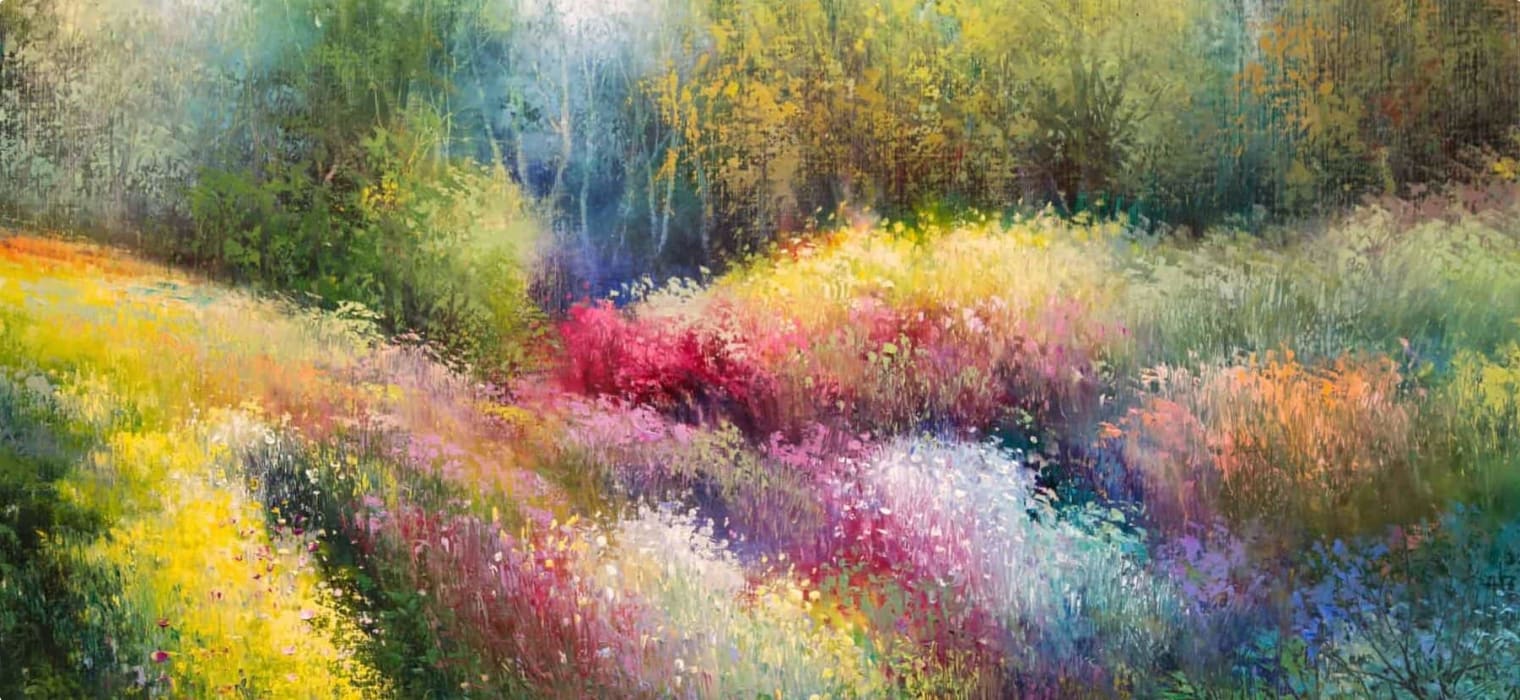
Key 19th century painters
No trip to any country in Europe is complete without a visit to one of the many impressive art galleries that are lined with the artistic talents throughout history. Especially in London, Paris and Vienna, the artists that pushed the boundaries of what art could be and created avant-garde independent art movements are celebrated. In the 19th century more than most, the push-back from the traditional, conservative renaissance-romantic styles was evident and innovation was rampant. Artists such as John Constable, Claude Monet, and Paul Cézanne, all contributed to the modern movement that brought art into a new age.
This article outlines some of the key moments from the 19th century that had a major impact on the direction that art took and the elements to look out for on your next art tour.
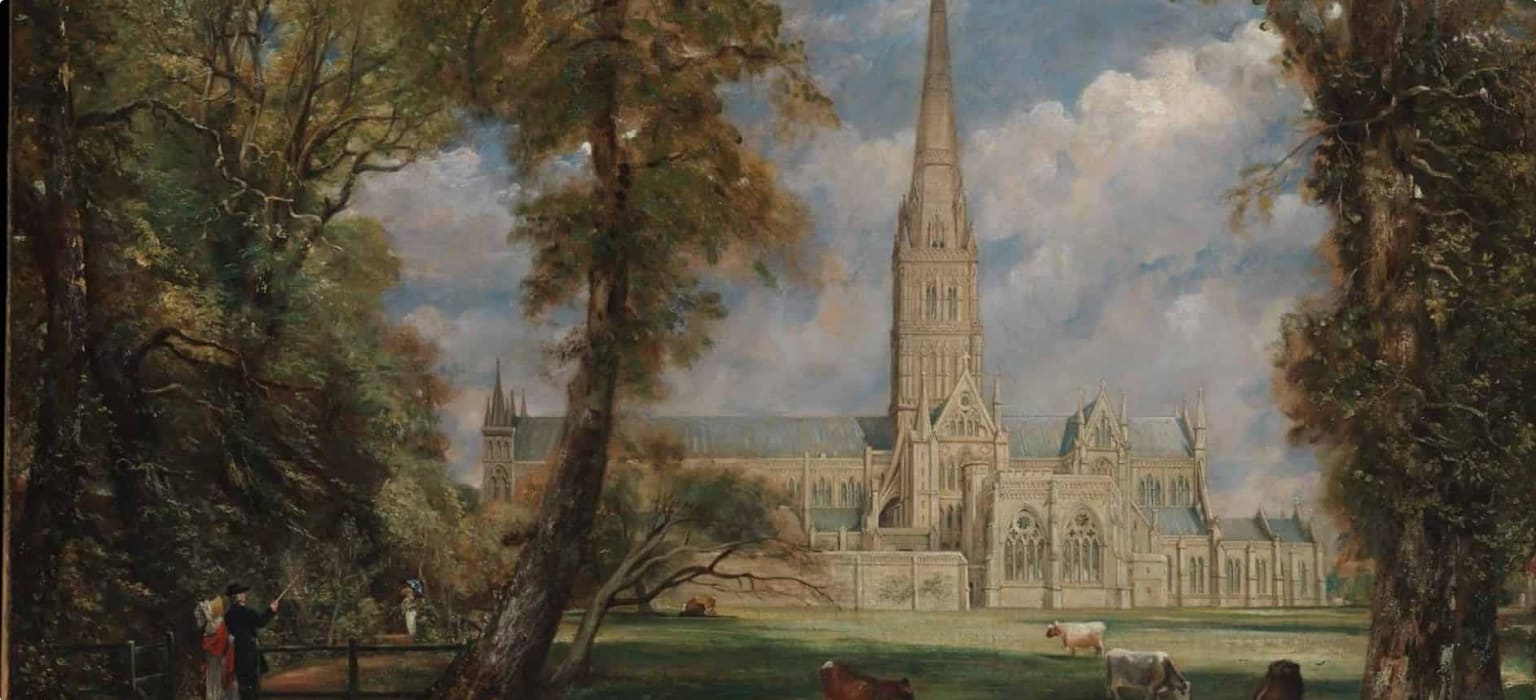
Shifting Focus to the Everyday
There were a number of great strides made in the 19th century to advance art and painting techniques. One such stride was championed by John Constable and his rival J. M. W. Turner early in the century. The two created a new style that detailed nature as the focal point in the art, rather than placing it simply as a backdrop to a historical scene being played out in the foreground. In the previous renaissance-romantic decades, the majority of art focused on the characters of mythical, religious, or historical stories. Instead, Constable and Turner wanted to portray the daily views, objects, and activities that people could relate to personally.
To create depth and enhance realism of his landscape paintings, Constable altered light and shadow to mimic changes to cloud cover. This can most famously be seen at the National Gallery in London, where Constable’s the Hay Wain is housed.
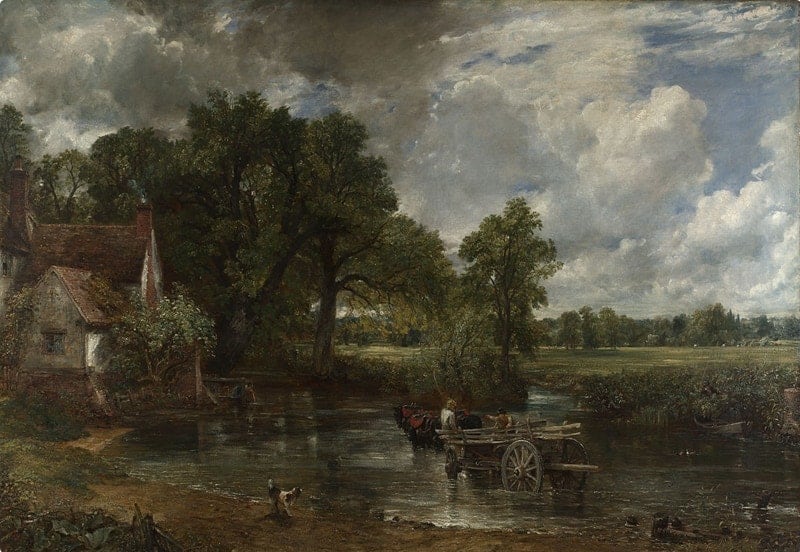
The ingenuity of Constable and Turner shifting style to landscape painting was highly influential on artists both in the UK and abroad. It is said that impressionist painters, such as Théodore Géricault, Eugène Delacroix, Claude Monet, and Camille Pissarro, among others, took inspiration from this style to find beauty in everyday life.
Early Photography and the Daguerrotype
Thanks to Daguerre’s update to the camera obscura, which had been in use for centuries by artists to increase the likeness of their paintings to real life, the future of photography was realized. Daguerre, who was both an artist and chemist, married his two passions to create the Daguerrotype in 1839, which reduced exposure time to mere minutes. Thus, the new mechanism was able to capture people who managed to stay very still. For example, the first ever photograph of a person is Daguerre’s View of Boulevard du Temple.

This first image of a person, getting their shoes shined, was created on a shiny copper panel, which gave the image added dimension. The relative ease with which an image could be snapped inspired William Henry Fox Talbot, who mere weeks later announced his advanced prototype of a cheaper and faster photo machine, which created negatives that could then be printed into multiple identical images. This was much the same process that was used until digital technology was invented.

The Invention of Portable Paints
Longing to escape their studios and follow the style of Constable and Turner, the invention of paint tubes made of malleable metal filled with pre-mixed paint colours, led to the impressionist style that we know today. In 1841, John Goffe Rand patented and sold the concept of squeezable paint tubes, and greater spontaneity erupted among French artists, who were then able to carry supplies to wherever inspiration hit.
“Without colours in tubes, there would be no Cézanne, no Monet, no Pissarro, and no Impressionism” – Auguste Renoir
(Quoted in Cheshire 2018, p. 80)
Popularity of the collapsible tubes only grew in the following decades to today and is now a staple with many paints, toothpastes, hand lotions and many other products. Claude Monet was notably excited by the prospect of portable paints, as his work became focused around gardens and other outdoor scenes. In the decades that followed, Monet moved to his cottage in Giverny and all but exclusively painted outdoors.
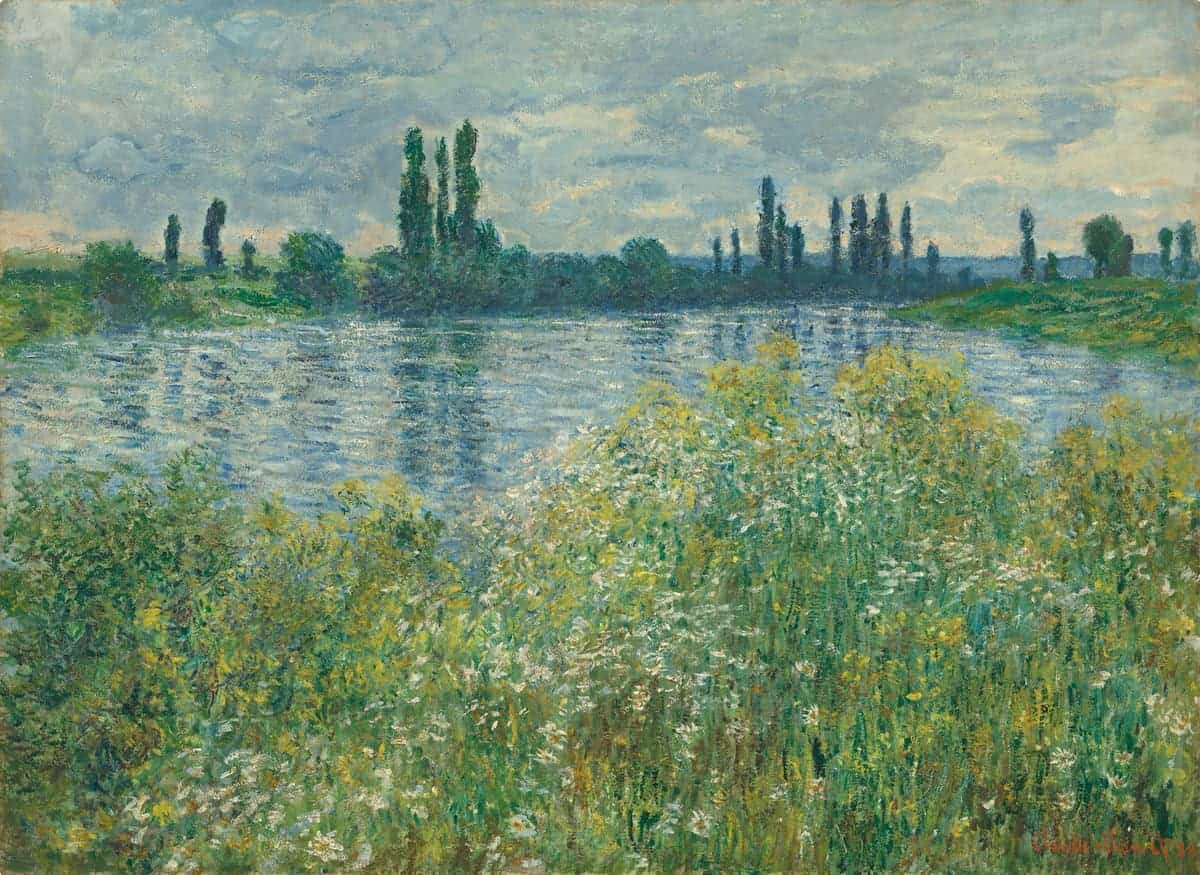
Not only did this invention facilitate changes of scenery, it also allowed for greater convenience of colours as they were pre-mixed. Where previously artists had to mix their own pigments with oil to create a paste of the desired colour, as chemists developed new pigment colours, they could be mixed right away and sold as a paste. A number of new coloured paints came into being in the mid-19th century, including chrome yellow and cerulean blue.
The Pre-Raphaelite Brotherhood
In a subtle revolt against the the Royal Academy of Arts, John Everett Millais, William Holman Hunt, and Dante Gabriel Rossetti, began inputting the initials PRB into their works. On display at the Walker Art Gallery in Liverpool, Isabella, painted by Millais in 1849, was the first painting to bear the iconic ‘PRB’. Another example of this inscription is in Dante Gabriel Rossetti’s The Girlhood of Mary Virgin (1848), in London Tate’s collection. It was an ode to the time before Raphael was dubbed the standard to which all artists should aspire. The PRB rejected the idea that Raphael’s style be taught by the Royal Academy as the do-all-end-all of art technique and that all other styles were frowned upon.
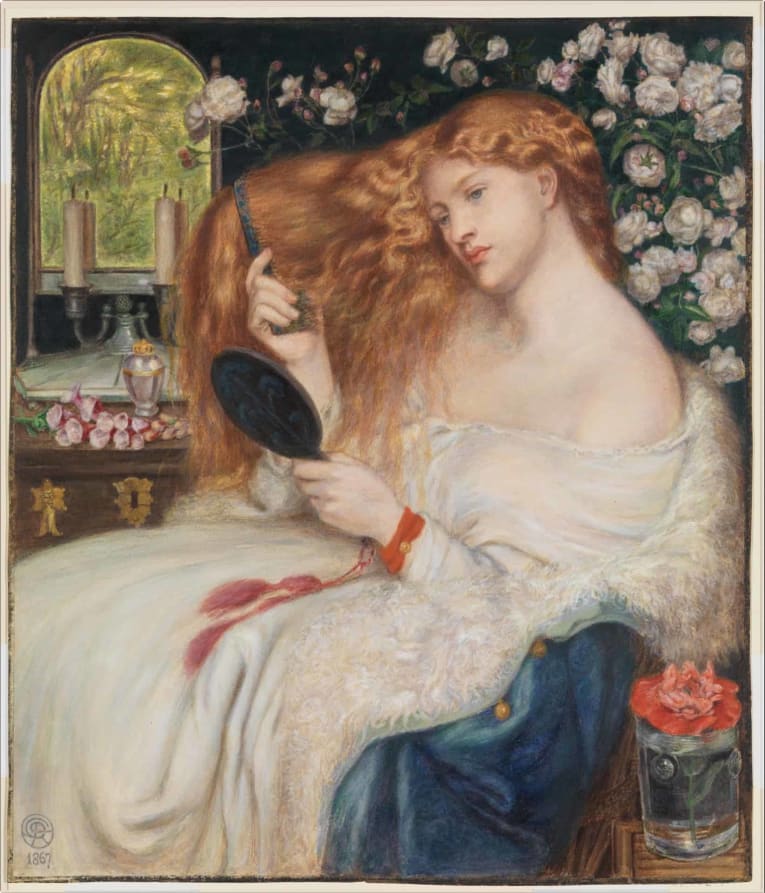
So, the young boys created one of the first avant-garde art movements, whose doctrine outlined four key areas: (1) to be an innovative thinker and express their own ideas; (2) to study natural details; (3) to appreciate emotion and intention behind previous works; and (4) to make good artwork. According to Jennifer Meagher of the Metropolitan Museum of Art, the aim of their portfolio of medieval-style arts were to inspire their audience to scrutinize societal problems of morality, corruption, and justice (2004). The movement grew to a brotherhood of seven, but the ideals of their doctrine had a much further reach.
The Salon des Refusés
In 1863, at the request of the Napoleon III, a counter-exhibition was created by the committee that judged the art submissions for the annual Salon after an large number of complaints were drawn against their entry decisions and snobbery toward styles outside of renaissance-romantic. The Salon was held to showcase the best artists of the time, a coveted position which was directly linked to artists’ livelihood and reputation. Those that were refused entry would struggle to sell their pieces and get sufficient exposure to sustain their careers. The complaints from those who were rejected for their different styles and perspectives on their subjects, led to a decision by Napoleon III to hold a second exhibition. The counter-exhibition was named the Salon des Refusés (or “rejects exhibition”) by the jury of committee members in an attempt to humiliate the artists that questioned their decisions and to discourage artists to enter their art. Even still, thousands of art pieces were put on display, and in among some sub-par pieces were the impressive beginnings of a new style of painting, which had not been rejected for lack of talent but for differing artistic expression.
Leading the ‘independent movement’ from traditional renaissance style, was Édouard Manet. His work, entitled Déjeuner sur l’herbe, was displayed at the first Salon des Refusés and was a controversial topic of gossip throughout the crowds that attended. Now on display at the Musée d’Orsay in Paris, it was a symbol of modernism and innovation for its scandalous depiction of a naked woman in the company of two clothed men. Manet regularly painted subjects in contentious scenes.
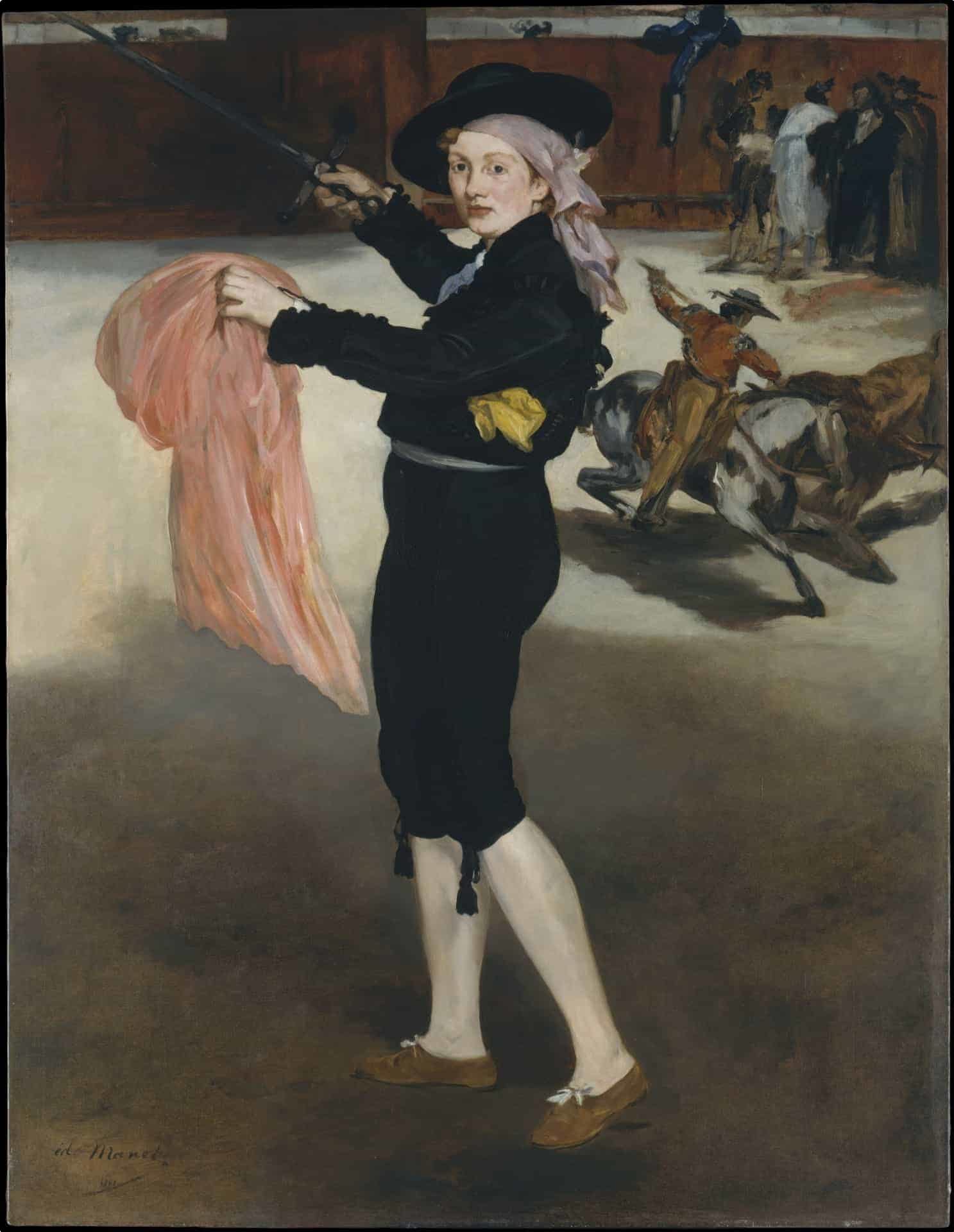
Subsequent Salons des Refusés were held in 1864 and 1873. The pressure that the movement of contemporary artists to hold the Salon des Refusés paved the way for non-traditional works to become more mainstream and profitable. The impressionists and surrealists then followed, allowing art to be completely subjected and appreciated in different ways.
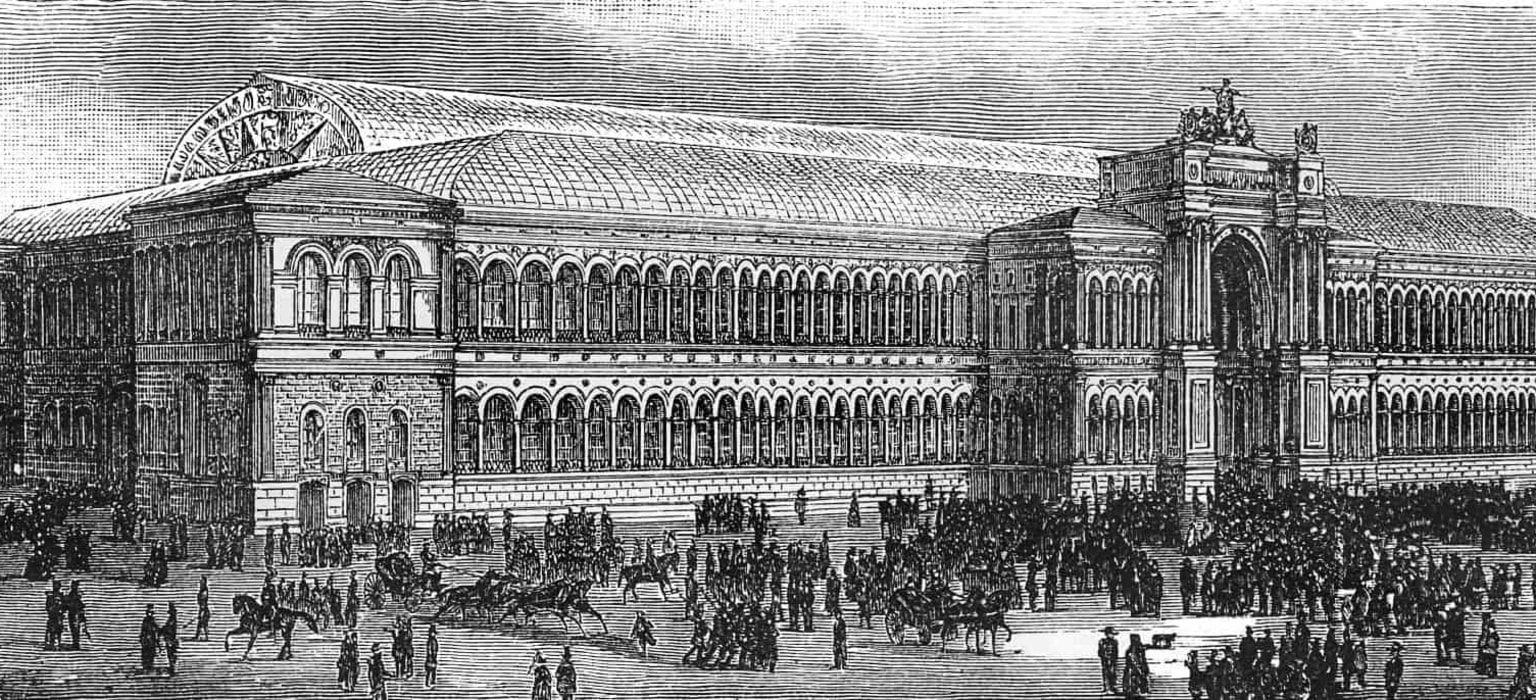
International Exhibits at the Exposition Universalle
After international pressure to re-open its borders from its voluntary withdrawal from international affairs and trade in the 1640s, Japan showcased its re-entry into international society by an impressive contingent of artists sent to Paris for the Exposition Universelle, which wowed the crowds in their millions. Because the Japanese had kept their culture and art within their borders, not much was known about their ways of life. That was until the works of Utagawa Hiroshige and Katsushika Hokusai were displayed in this world exhibition and were celebrated by the public and other artists alike.
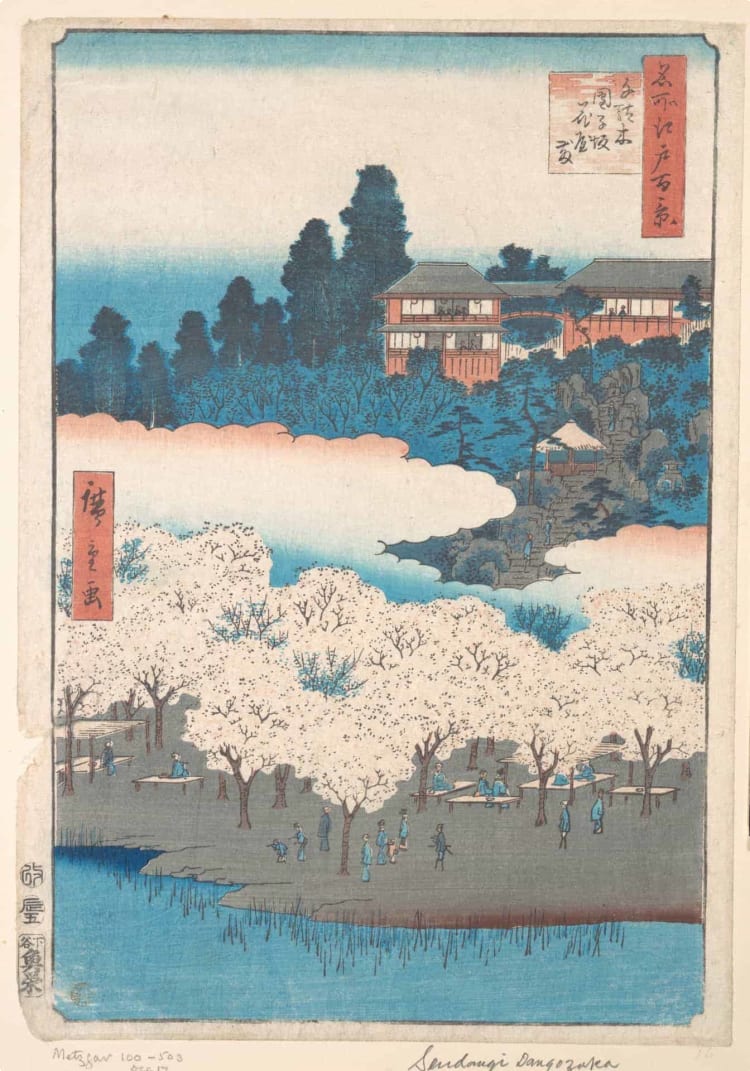
A number of European artists were motivated by the ukiyo-e style because it reinforced their avant-garde movements, helping to renounce renaissance-romantic styles as the ultimate standard. Artists began to learn from and emulate international techniques, artists, and style from Asia and Africa in particular.
Modern Sculpture
After a rocky path on his way to international fame, Rodin is hailed one of the greatest sculptors of all time. Initially, his extreme realism was criticised and accused of being created from a mold of the human model instead of hand-sculpted. This accusation followed him throughout his career as he struggled to get accepted in the Salon and struggled to sell his works. With perseverance and the accreditation of a number of artists who vouched for his immeasurable skill in creating life-like sculptures, he managed to build his career and create some of the most recognizable sculptures in the world, including the Kiss and the Thinker, both of which reside at the beautiful Musée Rodin in Paris.
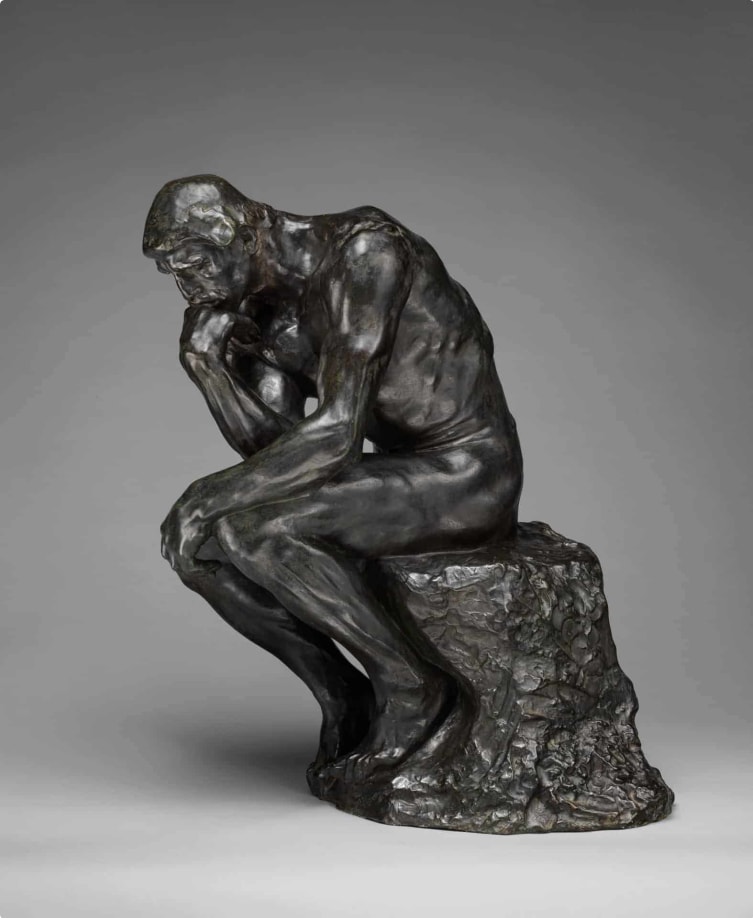
This was a key moment in art history because his real, proportionate sculptures did not depict an idealised image of the human form. He also used the effect of human movement in contorted poses so that his sculptures could be appreciated from different sides and angles. This was a new style, that again strayed from the traditional thinking of Salon juries at the time.

Toward Surrealism
Cézanne, more than most other artists, had the financial liberty to find his own artistic voice. Because his father was a wealthy bank owner, Cézanne never had to worry about conforming to a particular style in order to sell his work and make money to sustain himself. He lived at his father’s estate in Aix-en-Provence, where he was somewhat secluded from the other French painters of that generation. This freedom allowed him to develop a unique perspective on still-life and landscape painting and to take his time to perfect this style in every piece. For example, hanging in the MET is Cézanne’s Mont Saint-Victoire:
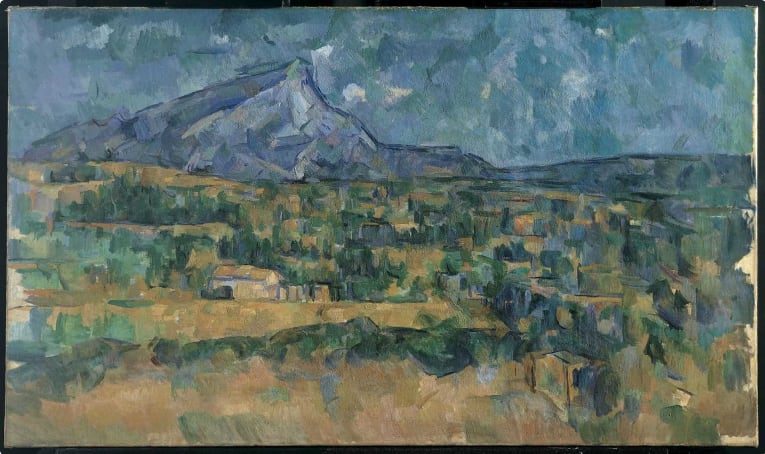
His style is modern impressionistic, and the very early transition to more surrealistic art forms. His work strayed from the use of impeccable detail to be more general interpretations of the views before him, rather than an attempted copy image. Cézanne’s vision heavily influenced latter artists including Pablo Picasso, George Braque, and Jean Metzinger, who further extended their interpretations to a surrealist world.
International Muses
The beginnings of modern art were also inspired by the boundaries that were pushed by Paul Gauguin. A life of travel led to a varied portfolio of exotic landscapes and people, rarely before seen in Paris. For two years, Gauguin resided in Tahiti, immersing himself in the culture and society and even taking up several lovers, who featured heavily in the pieces of art he sent back to Paris. The majority of Gauguin’s paintings remain in France, a large majority being at the Musée d’Orsay in Paris, but they can also be viewed around the world. The non-western characteristics of his new subjects greatly intrigued European audiences and inspired a new generation of artists who significantly veered from traditional European styles.
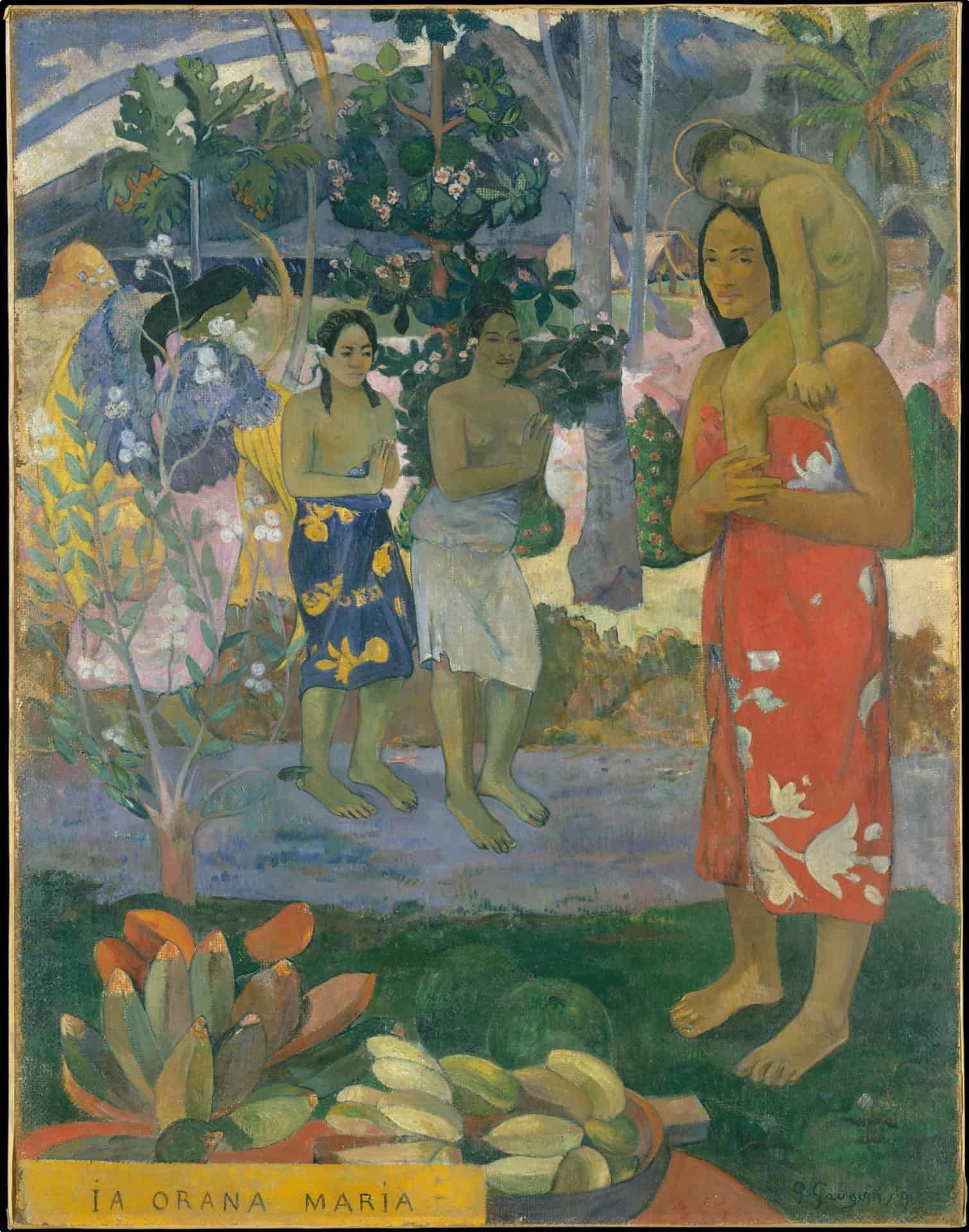
Art as an Experience and the Vienna Secession
Similar revolts occurred in Vienna, as the modernized paint styles were shunned by the Austrian Artists’ Society, which was the authority on displaying and selling art at the time. The Society was reluctant to move away from the traditional pieces, which sold better. As a result, a movement of artists from different mediums, following Gustav Klimt’s lead, founded the Vienna Secession. Supported by the government, the Vienna Secession constructed a Secession Building to exhibit their works in an immersive “artistic environment” (Cheshire 2018, p. 109) from the architecture of the building to the paintings displayed.
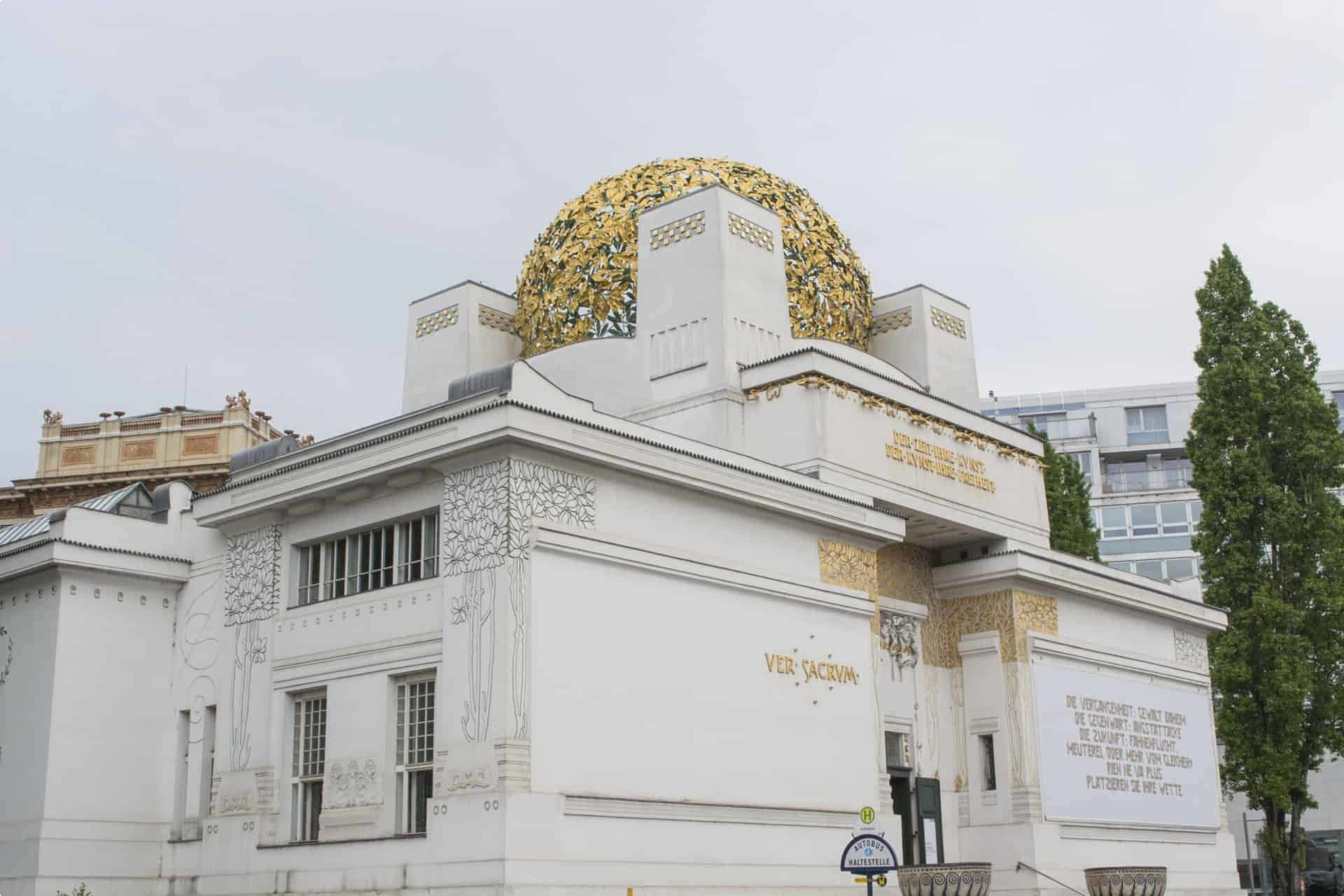
The original building did not survive the world wars as it was torn down by the Nazis, but the movement stayed strong. They rebuilt the Secession Building and continue to hold art displays to this day. No art lover’s trip to Vienna will be complete without a stop at the Secession Building that represents the passion that contemporary artists have for their craft and for pushing recognition of different art forms.
The variety of avant-garde movements throughout the 19th century that spawned the contemporary art today are on display around the world. While a number of these artists were based in France, the UK, and Vienna, their influence can be felt world wide. On your next tour to Europe, keep an eye out for this highly influential period and the names that sparked the modern movement.
References:
Cheshire, L. (2018). “19th Century,” Key Moments in Art. Thames & Hudson: London.
Meagher, J. (2004). “The Pre-Raphaelites,” The Metropolitan Museum of Art. https://www.metmuseum.org/toah/hd/praf/hd_praf.htm
About Odyssey Traveller:
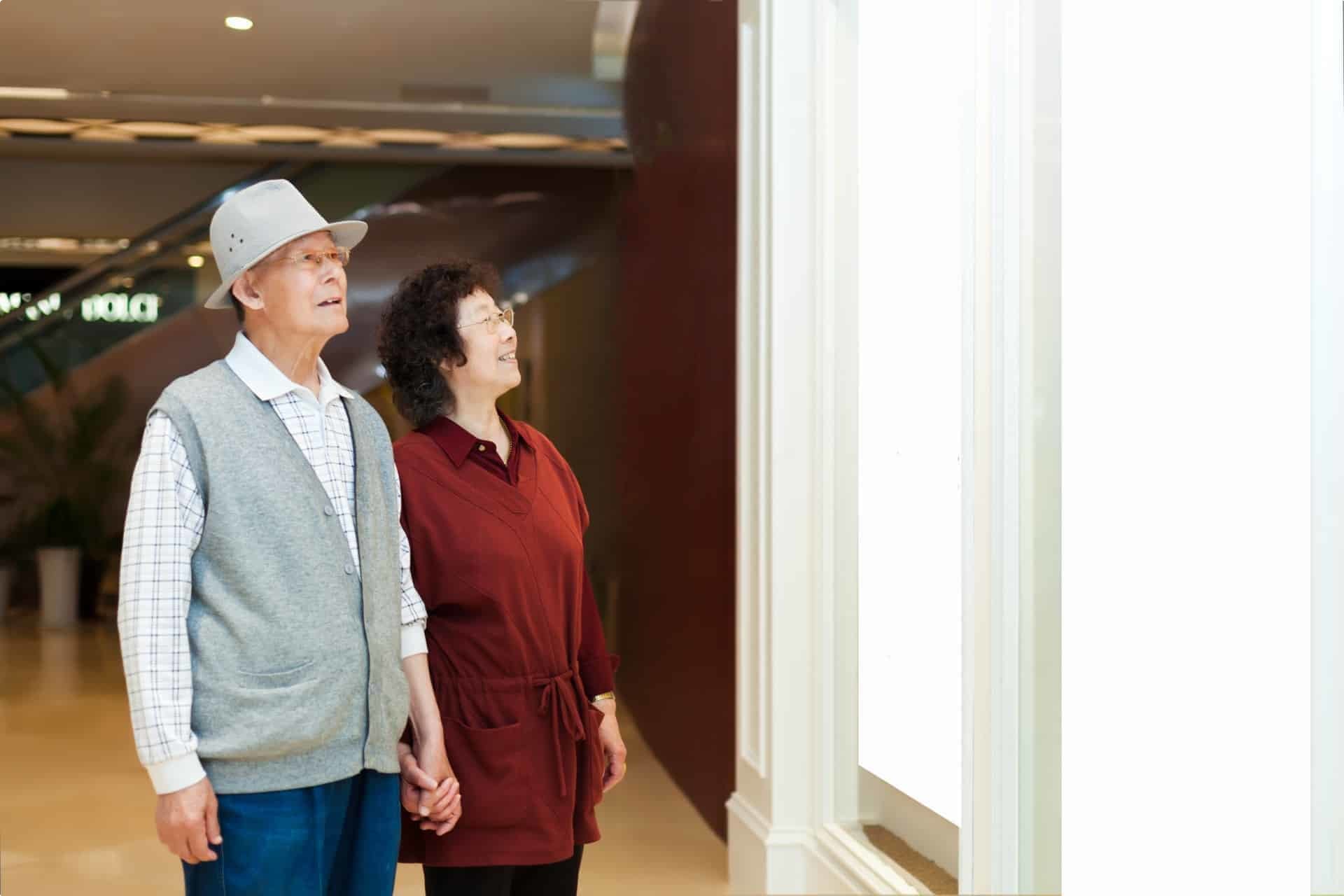 Odyssey Traveller is committed to charitable activities that support the environment and cultural development of Australian and New Zealand communities. We specialise in educational small group tours for seniors, typically groups between six to 15 people. Odyssey has been offering this style of adventure and educational programs since 1983.
Odyssey Traveller is committed to charitable activities that support the environment and cultural development of Australian and New Zealand communities. We specialise in educational small group tours for seniors, typically groups between six to 15 people. Odyssey has been offering this style of adventure and educational programs since 1983.
We are also pleased to announce that since 2012, Odyssey has been awarding $10,000 Equity & Merit Cash Scholarships each year. We award scholarships on the basis of academic performance and demonstrated financial need. We award at least one scholarship per year. We’re supported through our educational travel programs, and your participation helps Odyssey achieve its goals.
For more information on Odyssey Traveller and our educational small group tours, visit our website. Alternatively, please call or send an email. We’d love to hear from you!
Related Tours
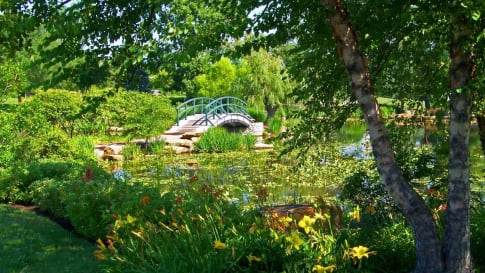
20 days
Apr, SepFollowing Monet
Visiting France
Join Odyssey Traveller, one of the best small group tour companies for Europe, as we follow French Impressionist master Claude Monet (1840-1926) to the beloved places he painted joined by local guides in France on this 20-day European tour. Each day our small group journey visits key destinations that influenced Monet. Join like minded people be they couples or solo travellers on this escorted tour. Minimal Single supplement charged to Solo travellers.
From A$15,450 AUD
View Tour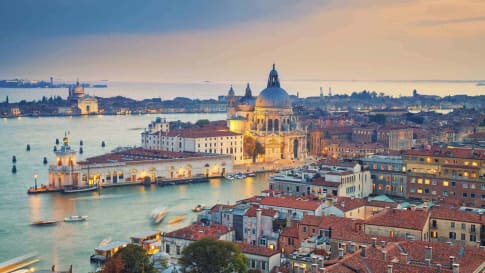
18 days
Aug, SepArt and History of Italy | Small Group Tour for seniors
Visiting Italy
Taken as a whole, Italian Civilization (which includes, of course, the splendid inheritance of Ancient Rome) is absolutely foundational to Western culture. Music, Painting, Sculpture, Architecture, Literature, Philosophy, Law and Politics all derive from Italy or were adapted and transformed through the medium of Italy.
From A$16,695 AUD
View Tour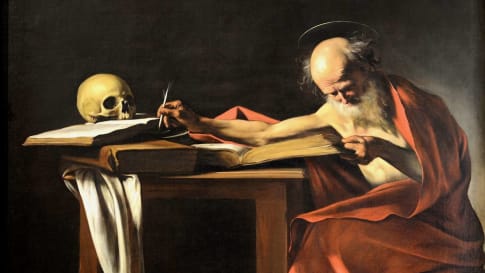
20 days
May, OctCaravaggio’s Journey | Small Group Tour in Italy
Visiting Italy, Malta
On this small group tour of Italy and Malta for mature and senior couples and solo travellers we trace the life of Caravaggio, exploring the artistic works he left behind and the tumultuous life he led. We follow him from his birthplace in Milan to Rome, Malta, Sicily and Naples. In each place he lived Caravaggio left behind a rich legacy of art for us to admire.
From A$15,125 AUD
View Tour
22 days
Mar, Sep, MayFlorence: Living in a Renaissance City
Visiting Italy
A small group tour with like minded people, couples or solo travellers, that is based in Florence. An authentic experience of living in this Renaissance city The daily itineraries draw on local guides to share their knowledge on this unique European tour. Trips to Vinci, Sienna and San Gimignano are included.
From A$14,375 AUD
View Tour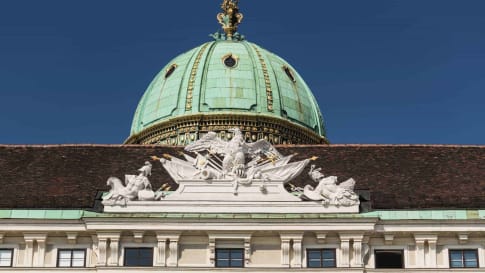
22 days
AugHabsburg Art and Classical Music small group Tour
Visiting Austria, Czech Republic
From the mediaeval jewel of Cesky Krumlow to the grandeur of the Habsburg’s summer palace in Vienna, our small group will embark on a 21 night journey to learn about these vibrant and artistically rich cities. We delve into the history of the famous artists, musicians, writers, architects and composers from Austria, Hungary, Poland and the Czech Republic.
From A$15,245 AUD
View Tour
